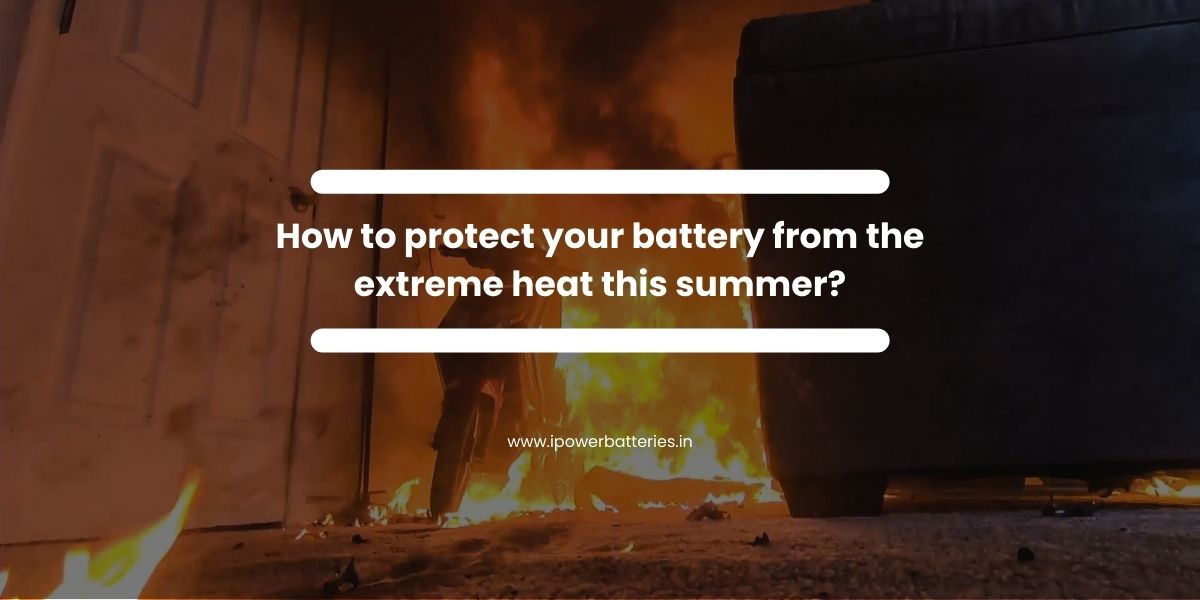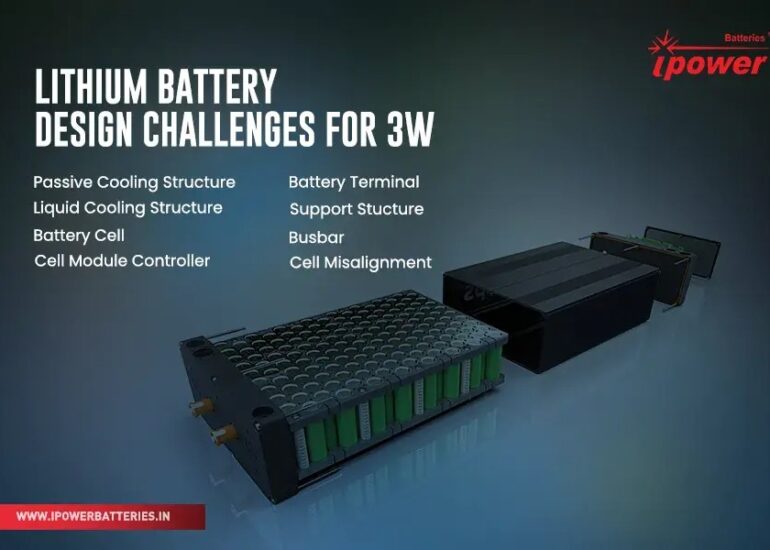Last summer we saw a lot of news of EVs catching fire. Electric scooter sales have risen in recent years, but a string of fires has cast a pall over the potential business.
This raises a lot of questions related to battery safety and battery manufacturing. Here we would explore how you as an EV user can keep your battery safe in this summer that has arrived.
The largest, most expensive, and most significant component of your electric vehicle is the battery. It is the driving force for electric automobiles. The Indian climate and driving conditions are tough, therefore it’s vital that you thoroughly understand battery care and charging requirements.
Here are some recommendations for keeping your electric scooter safe and extending battery life:
Thermal Management in the battery

- Thermal management in an EV battery is critical since it must operate in extremely cold or extremely high temperatures.
- Protect your vehicle and batteries against high temperatures. Make sure you don’t leave your EV parked in the blazing sun or the cold for extended periods.
- Place your electric vehicle in the shade or plug it in so that its thermal management system operates solely on grid power and maintains a constant range of temperatures while in operation.
- For certain battery types, only use genuine and authentic chargers.
- Pay attention to the battery type, as some batteries catch fire easily. You may need to charge them or park them away from flammable materials.
- Do not swap or use any non-genuine chargers. -Maintain batteries at ambient temperature.
- Please do not charge batteries for more than one hour after they have been used. It is best to allow the batteries to cool down before charging them.
- If you discover that the battery shell has been broken or that water has entered the battery, immediately isolate and store it separately, and notify your dealer.
- The battery and charger should be stored in a clean, dry, and ventilated location, away from corrosive compounds, at least 2 meters away from fire and heat sources, away from combustible substances, and disconnected from the battery.
- If you observe the lithium-ion battery overheating while charging, consider relocating the device away from flammable materials and switching off the current supply.
Periodically check your vehicle batteries.
Unlike in gasoline vehicles, battery levels may deplete if an electric vehicle is stored and not used for an extended period. So, constantly keep track of when you last charged it.
Avoid leaving batteries totally charged or completely depleted.
Keep it between 20 and 80%. Whenever feasible, keep your battery’s state of charge between 20% and 80%. Charging the battery to full over and again will cause it to degrade faster.
Only charge fully for long trips
Make frequent, brief trips in your automobile. Do not let your car idle for long periods. It’s excellent for the vehicle’s overall health, just like it is for petrol or diesel cars, to take it for a trip now and then.
Join the EV Revolution with Ipower Batteries






[…] the previous article we had an overview of how to protect your lithium batteries from catching fire, but it is also important to know how and why lithium batteries catch fire. Here in this article we […]